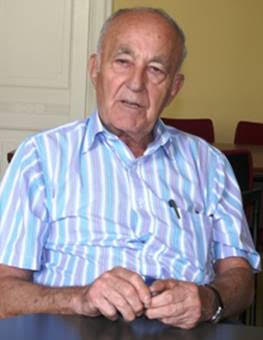
THE VOICE OF INTERNATIONAL LITHUANIA
|
VilNews has its own Google archive! Type a word in the above search box to find any article.
You can also follow us on Facebook. We have two different pages. Click to open and join.
|
Archive for January, 2013
- Posted by - (6) Comment
If there were those in the West who had not heard of Lithuania before, they almost certainly had by the end of the day 13 January 1991
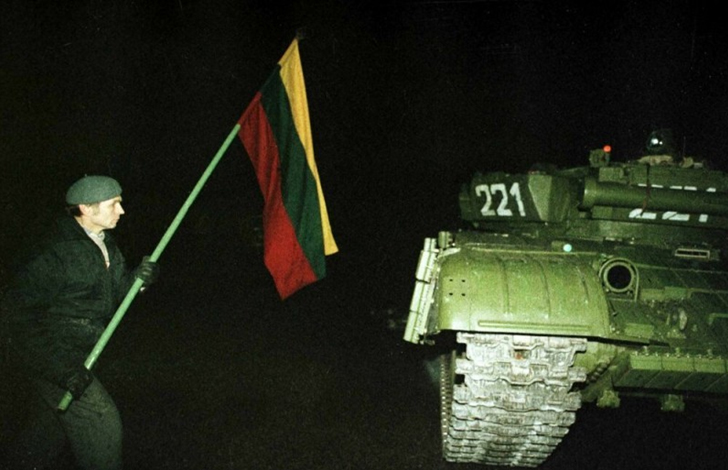
Heavy tanks were used by the Soviet forces when they attacked the Vilnius TV tower and the Parliament building on 13 January 1991. They were met by a wall of unarmed people who refused to allow the intruders to again take control of their homeland.
Text: Aage Myhre, editor-in-chief
aage.myhre@VilNews.com
"Lithuanians, do not resist, your government has betrayed you. Go home to your families and children."
This was the repeated announcement from the Soviet military vehicles with loudspeakers on the roofs, so-called sound trucks that rolled through the streets of Vilnius in January 1991. But fortunately for Lithuania and the United Europe that we now take more or less for granted, there was a music professor and a complete small nation that wanted it all differently.
Had it not been for this peaceful struggle of recovered freedom against an invasion and occupation, the people of the Baltic States never wanted or agreed to, the map of Europe would most likely have looked quite different today.
If there were those in the West who had not heard of Lithuania before, they almost certainly had by the end of the day 13 January 1991. It was the day that Soviet troops struck in Vilnius. The bloodshed that followed made headlines around the world. The attack was apparently an attempt to stop the Lithuanian independence movement in its very beginning.
When the smoke of the Soviet weapons ceased, more than a dozen people had been killed, hundreds injured. Soviet’s attack, and especially the killings at the TV tower, brought not only fame and sympathy for Lithuania from around the world, it was also a defining moment for the Lithuanians themselves.
The bloodshed meant that a point of no return had been crossed. If there was someone who until now had believed that a peaceful settlement with Moscow was possible, it was now clear to everyone that such a thing was unthinkable.
The 1991 January events took place in Lithuania between January 11 and 13, in the aftermath of the Act of the re-establishment of the State of Lithuania. As a result of Soviet military actions, 14 civilians were killed and more than 1000 injured. The events were centered in Vilnius, along with related actions in the cities of Alytus, Šiauliai, Varėna, and Kaunas.
Professor Vytautas Landsbergis was the central actor in the drama that took place . The colourful, sometimes tempered music professor who was elected Lithuania's president (chairman of the parliament) in March 1990, and from then on become the symbol of the Lithuanian liberation movement. Before the attack in January 1991, his constant talks about breaking free from the Soviet Union, and Lithuania's moral right to do just that, alarmed observers in the West almost as much as in the Kremlin. When the rage was taken completely out of hand in January 1991, Gorbachev seemed as if he did not understand what was happening right in front of him.
Our little Norwegian delegation met with Landsbergis in the parliament on the 19th of January 1991. He lived there, entrenched, protected by his own people. Tens of thousands were ‘camping’ outside the building, inside homemade barricades of concrete blocks and barbed wire. Trucks and tractors were also part of the barricades. In a circle further out stood the Soviet forces, ready to attack when the command word would be given. Fortunately it didn’t happen. The pressure had become strong from all around the world.
We got through the barricades. The Ministry of Foreign Affairs had provided us with appropriate admission papers. It was a moving encounter with a brave man we experienced inside. The little stroke that fell the huge oak. World history was created there and then. In front of our eyes. We were the eye witnesses.

The editor with President Vytautas Landsbergis in the Lithuanian Parliament (Seimas), while the
Soviet troops and tanks continued to surround the building in January 1991.

Bonfires, day and night, outside the Parliament, January 1991.
Photo: Aage Myhre.

Bonfires outside the Parliament, January 1991.
Photo: Aage Myhre.

A human barricade surrounding the Parliament, January 1991.
Photo: Aage Myhre.

With Landsbergis inside the Parliament, 19 January 1991, and his handwritten greeting to the editor.

Homemade barricades of concrete blocks around the Parliament.
Photo: Aage Myhre.

It was very touching to see how the Balts acted to keep their newfound freedom and protect their home country during the very difficult January days of 1991. Here, at the entrance to the Lithuanian Foreign Ministry, the young men have put on homemade clothes that are meant to look like uniforms. They carry rifles and other weapons they have found in their homes. Sand bags have an important symbolic effect. Brave guys!
Photo: Aage Myhre, 18 January 1991.

Inside the city armoured vehicles on rubber wheels were used. It was a bizarre, almost surreal experience to always be spotting, hearing the noise, feel the ground tremble when we were in meetings or trying to get a meal in one of the city's few restaurants.
- Bookmark :
- Digg
- del.icio.us
- Stumbleupon
- Redit it
- Posted by - (0) Comment
13 January 1991
through an artist’s eyes
 The photo. |
Artist Ruta Brazis-Velasco: This painting was done as an exercise in college of a trauma painting, done in oil with a pallet knife in 5 minutes. I used a Magazine type book that documented the truth.” |

- Bookmark :
- Digg
- del.icio.us
- Stumbleupon
- Redit it
- Posted by - (1) Comment
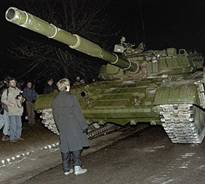
White picket fences
Copyright 1991 by Susan M. Lucas
(Now Susan Lucas Kazenas)
They came into my land
by the hundreds,
by the thousands.
They led their communist offenses
through my white picket fences
and hung their red iron curtains in my window.
They raped my pride
and murdered my children.
Those who escaped were not raped
but could not come home again.
Those left inside had nowhere to hide.
And I laid still in a cold, dead silence
while hot, burning tears
flooded my land.
It didn't go into the history books
of the many lives that they took.
It was a blood no one knew was shed;
because by the sickle it was led.
My beauty within is not seen without.
Do I have nothing to give the world?
My people are loyal,
but you see, I have no oil.
Nor do I have food on my plate
because the greedy bear sits and guards my gate.
Now I am his property when I was always MY OWN.
I belong to NO ONE
but the people who till my land
with their own bare hands,
And to my God to whom those hands are raised.
I have not forgotten my
White Picket Fences
torn down by your offenses.
I rebel against this prison called Fate.
I am the Baltic States.
(I wrote this in 1990 as Lithuania fought for its independence against the former USSR. This poem was hung on the wall by the TV tower in Vilnius after Bloody Sunday. I hope you enjoy it and welcome your comments.)
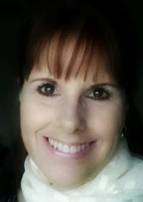
"Their wounds of war run so deep, one can still see the scars of the sickle."
Susan Lucas Kazenas
- Bookmark :
- Digg
- del.icio.us
- Stumbleupon
- Redit it
- Posted by - (0) Comment
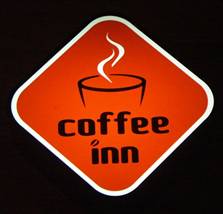
BaltCap invests in Coffee Inn
Coffee Inn was established in Vilnius in 2007 by the group of Lithuanian entrepreneurs. Today, the company operates 28 branded coffee shops and expects to have sales over €3 million in 2012. Coffee Inn shops are located in Vilnius, Kaunas, Klaipeda, Palanga, Siauliai and Riga, Latvia.
Vygantas Maksele, the CEO of Coffee Inn said: “We are very pleased with having attracted BaltCap as new investor in Coffee Inn. With BaltCap’s financial and strategic backing, we are confident that the company will continue its strong growth in the coming years. Regional market for branded coffee bars is at a very exciting stage of its development and we should capitalize on this opportunity.”
"We believe that Coffee Inn has the strongest growth potential among local chains of branded coffee shops in the Baltics. We look forward to working with the competent management team of the company, who has demonstrated an impressive record over the last four years in both expanding the chain across Latvia and Lithuania and building highly loyal customer base." said Kornelijus Celutka, Investment Director at BaltCap.
Read more…
- Bookmark :
- Digg
- del.icio.us
- Stumbleupon
- Redit it
- Posted by - (0) Comment
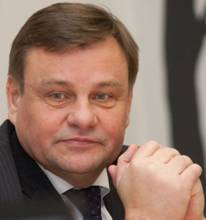
Lithuania’s NEW Parliament Speaker, Vydas Gedvilas:
Lithuania must be friends with Russia as United States is too far away to provide gas
Speaker of the Seimas, Vydas Gedvilas, says Lithuania needs to improve its relations with Russia and "take care of our own people", adding that America is very far and Lithuania will not get any gas from there.
"We have to think about our own people as America is far away from us. We need to take care of our own people. We have very close economic relations with Russia. We buy gas, a lot of gas, and electricity, and oil. This cooperation gives us a lot. We're not going to get gas from America," Gedvilas told the Svoboda radio station when asked to comment on a recent statement by US Secretary of State Hillary Clinton that the United States would resist Russia's plans to create another Soviet Union under the guise of Russia's economic integration.
"We are not the only ones who talk about bilateral relations with Russia. Finland, Poland, and Germany also make a lot of contracts. We also have to solve our problems. So it seems one way from a long distance, and it’s a different view from here when we are neighbors," the speaker said.
Gedvilas believes democratic processes are Russia's own business, and economic and cultural relations need to be improved.
- Bookmark :
- Digg
- del.icio.us
- Stumbleupon
- Redit it
- Posted by - (0) Comment
US Senate approves new ambassador to Lithuania

Deborah Ann McCarthy
The United States Senate has agreed to the nomination of Deborah Ann McCarthy to be the next US ambassador to Lithuania.
According to the US Embassy, the endorsement in the Senate was one of the final steps in the appointment, and the Embassy in Vilnius and its staff will be welcoming McCarthy very soon.
McCarthy is a career diplomat who currently serves as principal deputy assistant secretary of state for economic and business affairs. Her previous positions include various diplomatic posts in France, Nicaragua, Greece, and Haiti.
The new ambassador will replace former head of the diplomatic mission Anne E. Derse who served in Lithuania between October 2009 and the fall of 2012.
- Bookmark :
- Digg
- del.icio.us
- Stumbleupon
- Redit it
- Posted by - (0) Comment
State of emergency declared in western Lithuania hit by flood
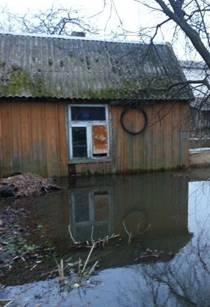
A state of emergency has been declared in Lithuania's western municipality of Pagėgiai on Monday due to ice jams and rising water.
The army will be asked to provide an amphibian vehicle to get access to households in flooded areas.
"It has been decided to declare a state of emergency," Vaidas Bendaravičius, director of administration at Pagėgiai Municipality, told BNS.
According to him, ice jams are not abating and freezing water is impeding access to households in flooded areas. All in all, 21 homesteads with 72 people are now cut off.
A state of emergency was earlier declared in the neighboring Šilutė Municipality.
An unexpected flood started in the final days of last year due to warmer weather and ice jams.
- Bookmark :
- Digg
- del.icio.us
- Stumbleupon
- Redit it
- Posted by - (0) Comment
Lithuania’s Hill of Crosses
without equal in the world
The Hill of Crosses (Lithuanian: Kryžių kalnas) is a site of pilgrimage about 12 km north of the city of Šiauliai, in northern Lithuania. The precise origin of the practice of leaving crosses on the hill is uncertain, but it is believed that the first crosses were placed on the former Jurgaičiai or Domantai hill fort after the 1831 Uprising. Over the centuries, not only crosses, but giant crucifixes, carvings of Lithuanian patriots, statues of the Virgin Mary and thousands of tiny effigies and rosaries have been brought here by Catholic pilgrims. The exact number of crosses is unknown, but estimates put it at about 100,000 in 2006.
- Bookmark :
- Digg
- del.icio.us
- Stumbleupon
- Redit it
- Posted by - (1) Comment
Lithuania’s Hill of Crosses
without equal in the world
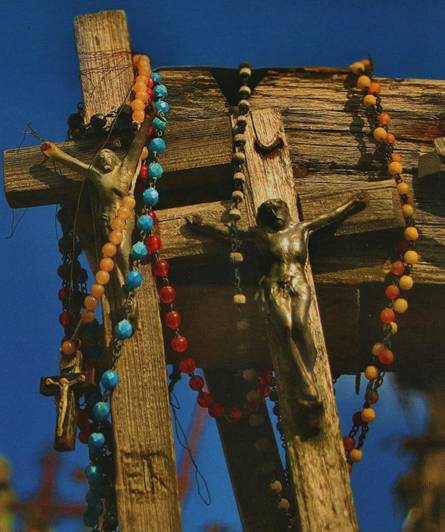
The Hill of Crosses (Lithuanian: Kryžių kalnas) is a site of pilgrimage about 12 km north of the city of Šiauliai, in northern Lithuania. The precise origin of the practice of leaving crosses on the hill is uncertain, but it is believed that the first crosses were placed on the former Jurgaičiai or Domantai hill fort after the 1831 Uprising. Over the centuries, not only crosses, but giant crucifixes, carvings of Lithuanian patriots, statues of the Virgin Mary and thousands of tiny effigies and rosaries have been brought here by Catholic pilgrims. The exact number of crosses is unknown, but estimates put it at about 100,000 in 2006.
|
Number of crosses
|
|
Over the centuries, the place has come to signify the peaceful endurance of Lithuanian Catholicism despite the threats it faced throughout history. After the 3rd partition of the Polish–Lithuanian Commonwealth in 1795, Lithuania became part of the Russian Empire. Poles and Lithuanians unsuccessfully rebelled against Russian authorities in 1831 and 1863. These two uprisings are connected with the beginnings of the hill: as families could not locate bodies of perished rebels, they started putting up symbolic crosses in place of a former hill fort.
When the old political structure of Eastern Europe fell apart in 1918, Lithuania once again declared its independence. Throughout this time, the Hill of Crosses was used as a place for Lithuanians to pray for peace, for their country, and for the loved ones they had lost during the Wars of Independence.
Most recently, the site took on a special significance during the years 1944–1990, when Lithuania was occupied by the Soviet Union. Continuing to travel to the Hill and leave their tributes, Lithuanians used it to demonstrate their allegiance to their original identity, religion and heritage. It was a venue of peaceful resistance, although the Soviets worked hard to remove new crosses, and bulldozed the site at least three times (including attempts in 1963 and 1973). There were even rumors that the authorities planned to build a dam on the nearby Kulvė River, a tributary to Mūša, so that the hill would end up under water.
On September 7, 1993, Pope John Paul II visited the Hill of Crosses, declaring it a place for hope, peace, love and sacrifice. In 2000 a Franciscan hermitage was opened nearby. The interior decoration draws links with La Verna, the mountain where St. Francis received his stigmata. The hill remains under nobody's jurisdiction; therefore people are free to build crosses as they see fit.


- Bookmark :
- Digg
- del.icio.us
- Stumbleupon
- Redit it
- Posted by - (0) Comment
Holidays on ice
When it comes to ice, one thinks of skating or cocktails. It is only in Lithuania and other cold countries that people associate it with fishing!
It is cold, kind of boring and the fish are usually just so-so. But have a look at any Lithuanian lake in winter and you will see that they are all perforated with holes and crowded with people staring longingly into them – there must be something to it. Lars Bryne went to investigate.
- Bookmark :
- Digg
- del.icio.us
- Stumbleupon
- Redit it
- Posted by - (0) Comment


- Bookmark :
- Digg
- del.icio.us
- Stumbleupon
- Redit it
- Posted by - (0) Comment
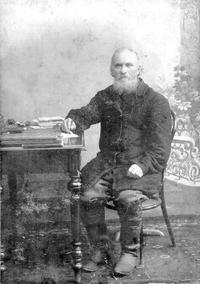
Jurgis Bielinis (1846-1918)
Lithuania’s book smugglers became a symbol of resistance to Russification
Jurgis Bielinis was one of the most famous Lithuanian book-smugglers. "Book smugglers (Lithuanian: knygnešys, or plural knygnešiai) were people who transported Lithuanian language books printed in the Latin alphabet into Lithuanian-speaking areas of the Russian Empire, defying a ban on such materials in force from 1866 to 1904. Opposing imperial Russian authorities' efforts to replace the traditional Latin orthography with Cyrillic, and transporting printed matter from as far away as the United States to do so, the book smugglers became a symbol of Lithuanians' resistance to Russification." (Wikipedia) Thank you for the post, National Lithuanian American Hall of Fame!
Boris Bakunas
__________________________
I forgot all about it till now. Thank you Boris Bakunas for this post

Irene Simanavicius
__________________________
The Lithuanians who helped save our language, our culture, and our history were remarkable people

With so much dirt slung around on the internet, I applaud the National Lithuanian American Hall of Fame for helping to inspire Lithuanians and people of Lithuanian descent with examples we can learn from.
Boris Bakunas
- Bookmark :
- Digg
- del.icio.us
- Stumbleupon
- Redit it
VilNews e-magazine is published in Vilnius, Lithuania. Editor-in-Chief: Mr. Aage Myhre. Inquires to the editors: editor@VilNews.com.
Code of Ethics: See Section 2 – about VilNews. VilNews is not responsible for content on external links/web pages.
HOW TO ADVERTISE IN VILNEWS.
All content is copyrighted © 2011. UAB ‘VilNews’.

 Click on the buttons to open and read each of VilNews' 18 sub-sections
Click on the buttons to open and read each of VilNews' 18 sub-sections 







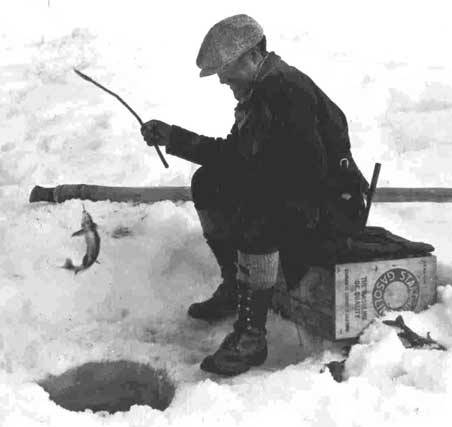
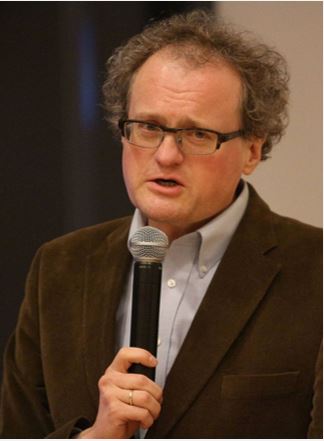
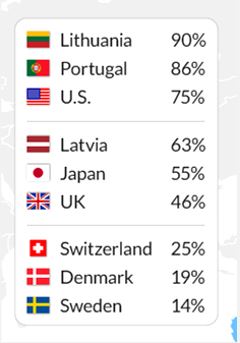
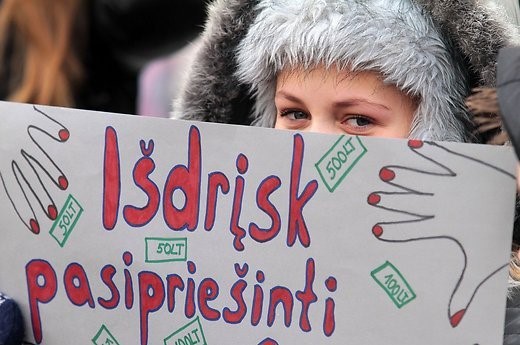


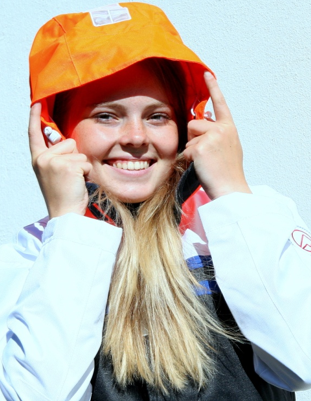
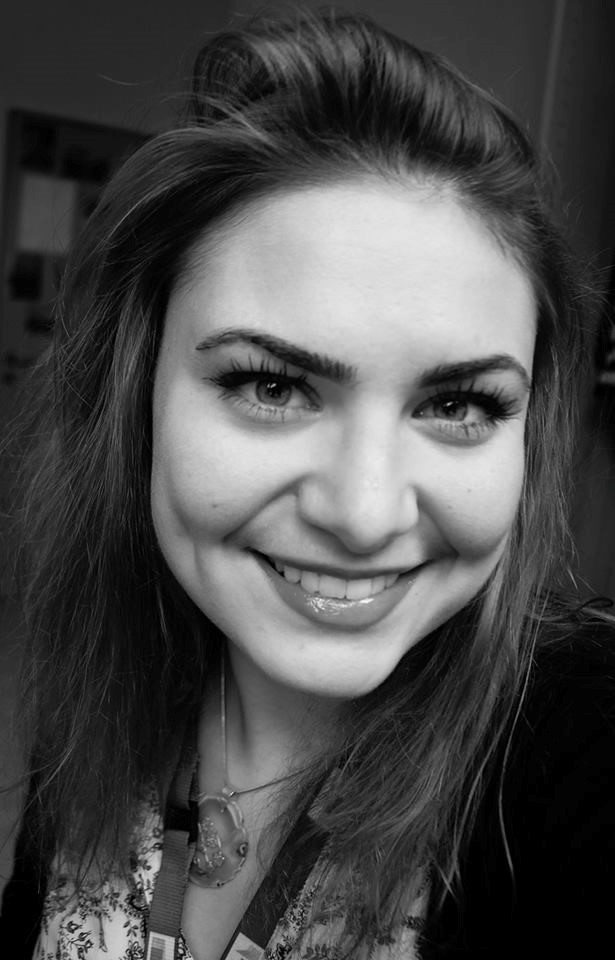
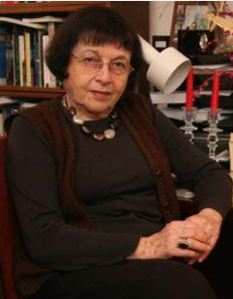
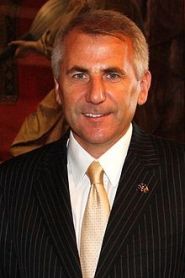
.jpg)
